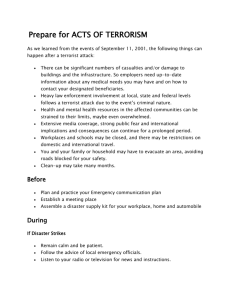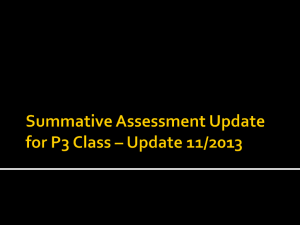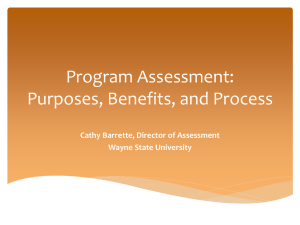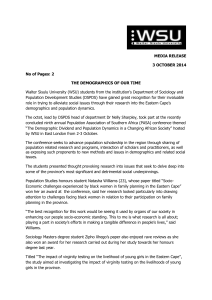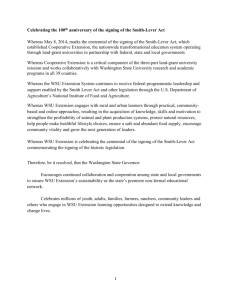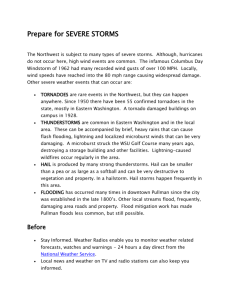Hazardous Materials Incidents - Office of Emergency Management
advertisement
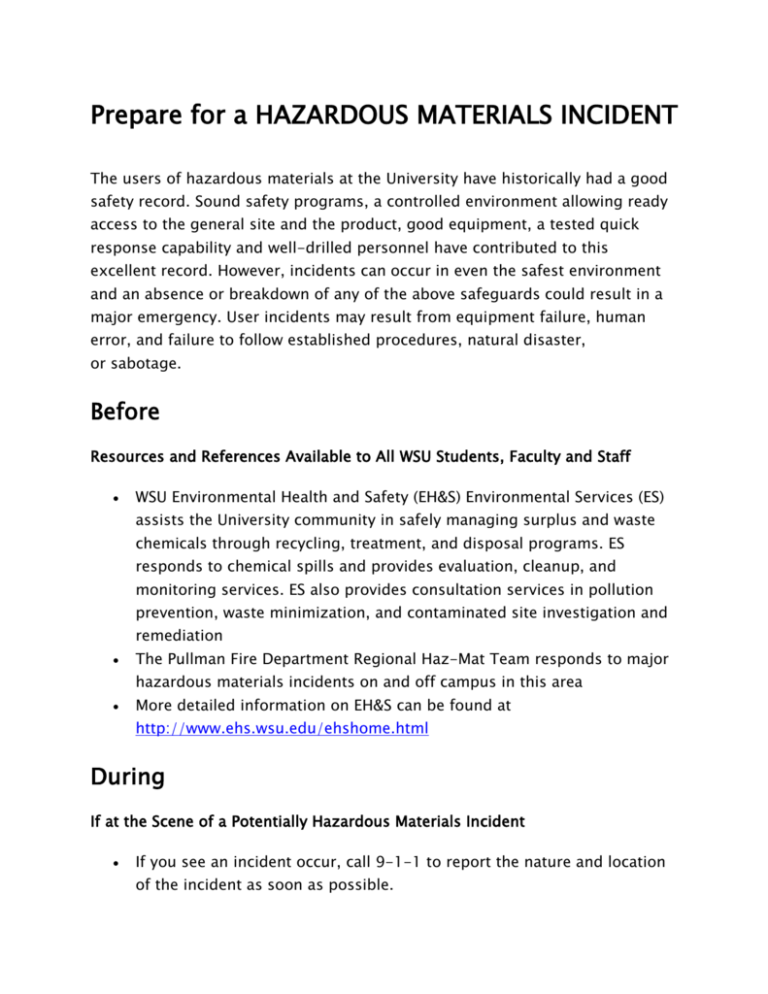
Prepare for a HAZARDOUS MATERIALS INCIDENT The users of hazardous materials at the University have historically had a good safety record. Sound safety programs, a controlled environment allowing ready access to the general site and the product, good equipment, a tested quick response capability and well-drilled personnel have contributed to this excellent record. However, incidents can occur in even the safest environment and an absence or breakdown of any of the above safeguards could result in a major emergency. User incidents may result from equipment failure, human error, and failure to follow established procedures, natural disaster, or sabotage. Before Resources and References Available to All WSU Students, Faculty and Staff WSU Environmental Health and Safety (EH&S) Environmental Services (ES) assists the University community in safely managing surplus and waste chemicals through recycling, treatment, and disposal programs. ES responds to chemical spills and provides evaluation, cleanup, and monitoring services. ES also provides consultation services in pollution prevention, waste minimization, and contaminated site investigation and remediation The Pullman Fire Department Regional Haz-Mat Team responds to major hazardous materials incidents on and off campus in this area More detailed information on EH&S can be found at http://www.ehs.wsu.edu/ehshome.html During If at the Scene of a Potentially Hazardous Materials Incident If you see an incident occur, call 9-1-1 to report the nature and location of the incident as soon as possible. Move away from the incident scene and help keep others away. Do not walk into or touch any of the spilled substance. Try not to inhale gases, fumes and smoke. If possible, cover mouth with a cloth while leaving the area. Stay away from incident victims until the hazardous material has been identified. Try to stay upstream, uphill and upwind of the accident. How you may be notified of a major Haz Mat incident In the event of a major chemical emergency, you will be notified by the authorities. To get your attention, the Campus Outdoor Warning System (COWS) siren could sound; you may be contacted via the Crisis Communication System (CCS) by telephone, text message, and/or email; or emergency personnel may drive by and give instructions over a loudspeaker. Officials could even come to your door. Check the WSU ALERT website (http://alert.wsu.edu ) for information and instructions Listen carefully to radio or television emergency alert stations (EAS), and strictly follow instructions. Your life could depend on it. You will be told… o The type of health hazard o The area affected o How to protect yourself o Evacuation routes (if necessary) o Shelter locations o Type and location of medical facilities o And the phone numbers to call if you need extra help. Do not call the telephone company, and do not call EMS, 9-1-1, or the operator for information. Dial 9-1-1 only for a possible lifethreatening emergency. Shelter-in-place You may be directed by authorities to shelter-in-place You can provide a minimal amount of protection to your breathing by covering your mouth and nose with a damp cloth. Close all windows Turn off all fans, heating and air conditioning systems Go to an above-ground room (not the basement) with the fewest windows and doors. Wet some towels and jam them in the crack under the doors. Stay in the room and listen to your radio until you are told all is safe or you are told to evacuate. Evacuation Authorities may decide to evacuate an area for your protection. Again, it is important to stay calm, listen carefully and follow all instructions. If you are told to evacuate, listen to directions (coming from the radio, CCS, WSU ALERT etc.) to make sure the evacuation order applies to you and to understand if you are to evacuate immediately or if you have time to pack some essentials. Do not use your telephone. **If you are told to evacuate immediately: ** o Take your personal belongings and medications o Close and lock your windows o Shut off all vents o Take any pets/animals with you, if possible o Lock the door o Move quickly and calmly After Return to building only when authorities say it is safe. Follow local instructions concerning the safety of food and water. Clean up and dispose of residue carefully. Follow instructions from emergency officials concerning clean-up methods. Additional Information WSU Environmental Health and Safety (http://www.ehs.wsu.edu/ehshome.html ) Washington Department of Health Centers for Disease Control and Prevention Stay in the Loop-Keeping informed! At Work WSU ALERT web site http://alert.wsu.edu Information from Supervisors/Directors/Deans Listen to local radio stations: KQQQ - 1150 AM; KHTR - 104.3 FM KMAX - 840 AM; KRFA - 91.7 FM; KWSU - 1250 AM WSU Today and WSU Announcements At Home WSU ALERT web site http://alert.wsu.edu Listen to local radio stations: KQQQ - 1150 AM; KHTR - 104.3 FM KMAX - 840 AM; KRFA - 91.7 FM; KWSU - 1250 AM Local Television Stations State of Washington Emergency Alert System (EAS)
